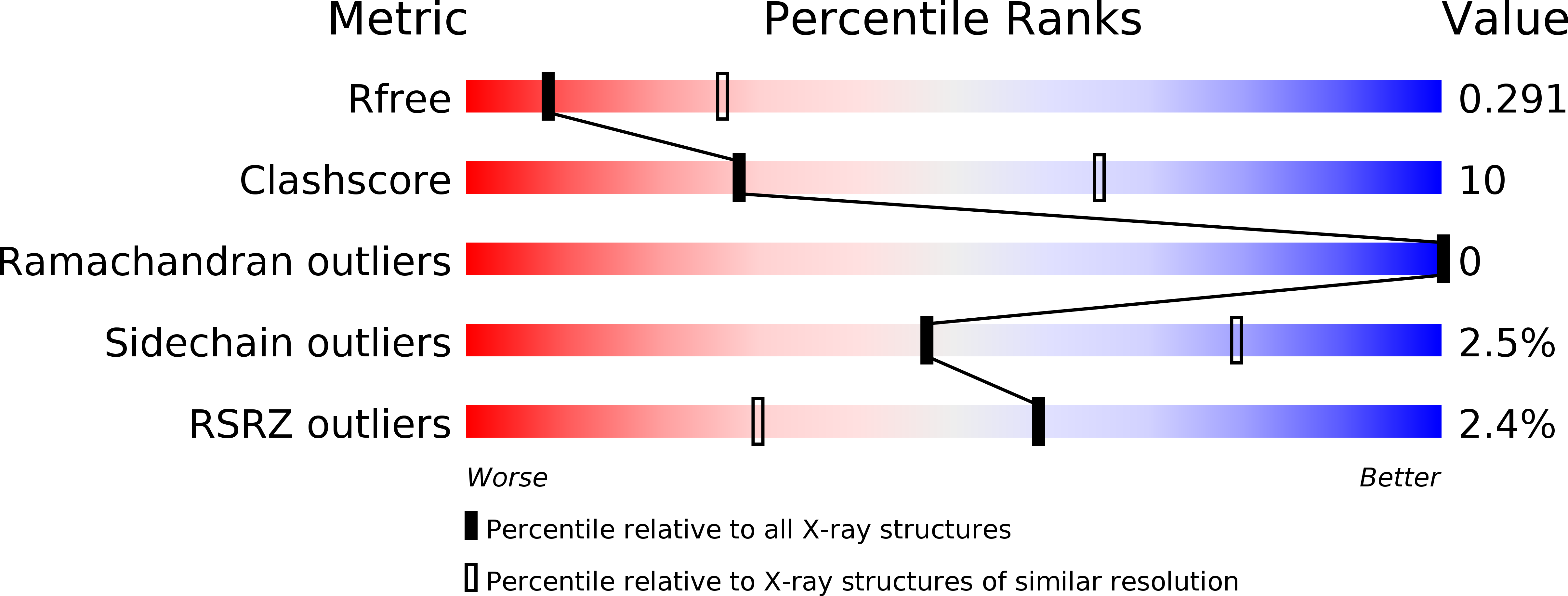
Deposition Date
2017-01-22
Release Date
2017-05-10
Last Version Date
2023-11-22
Entry Detail
PDB ID:
5X0N
Keywords:
Title:
Regulatory domain of variant C227S AphB from Vibrio vulnificus
Biological Source:
Source Organism:
Vibrio vulnificus (Taxon ID: 672)
Host Organism:
Method Details:
Experimental Method:
Resolution:
2.99 Å
R-Value Free:
0.29
R-Value Work:
0.23
R-Value Observed:
0.23
Space Group:
C 1 2 1


